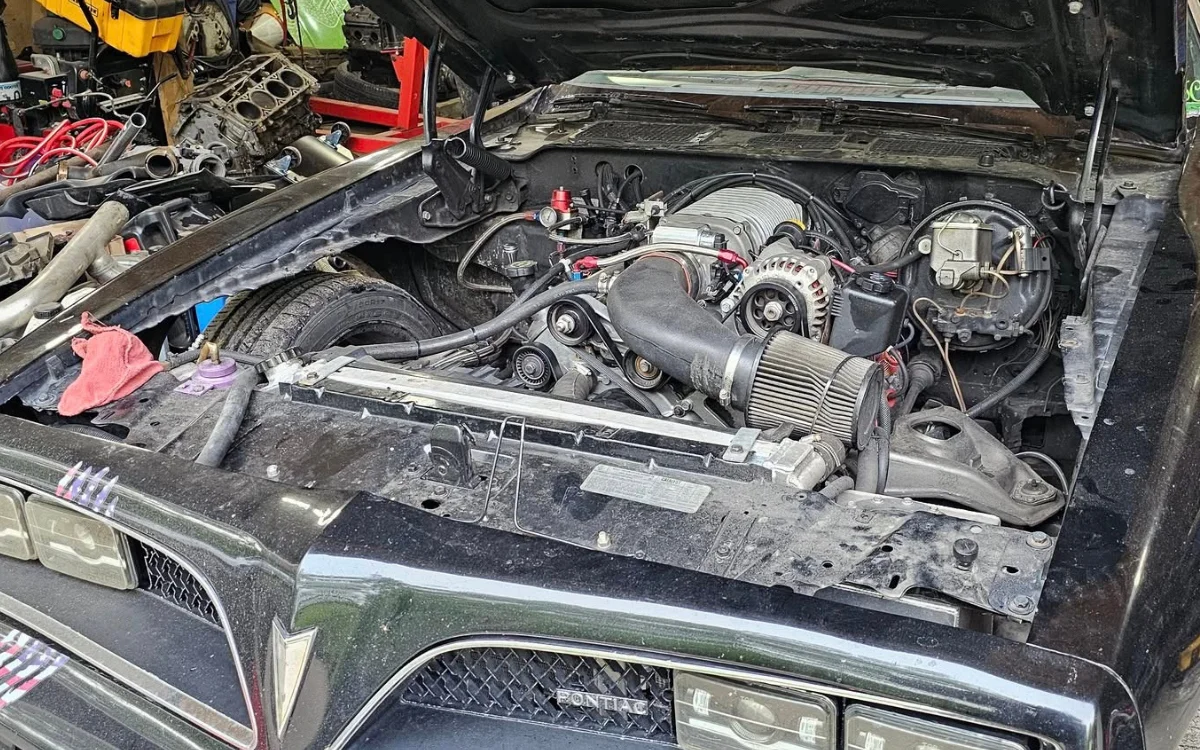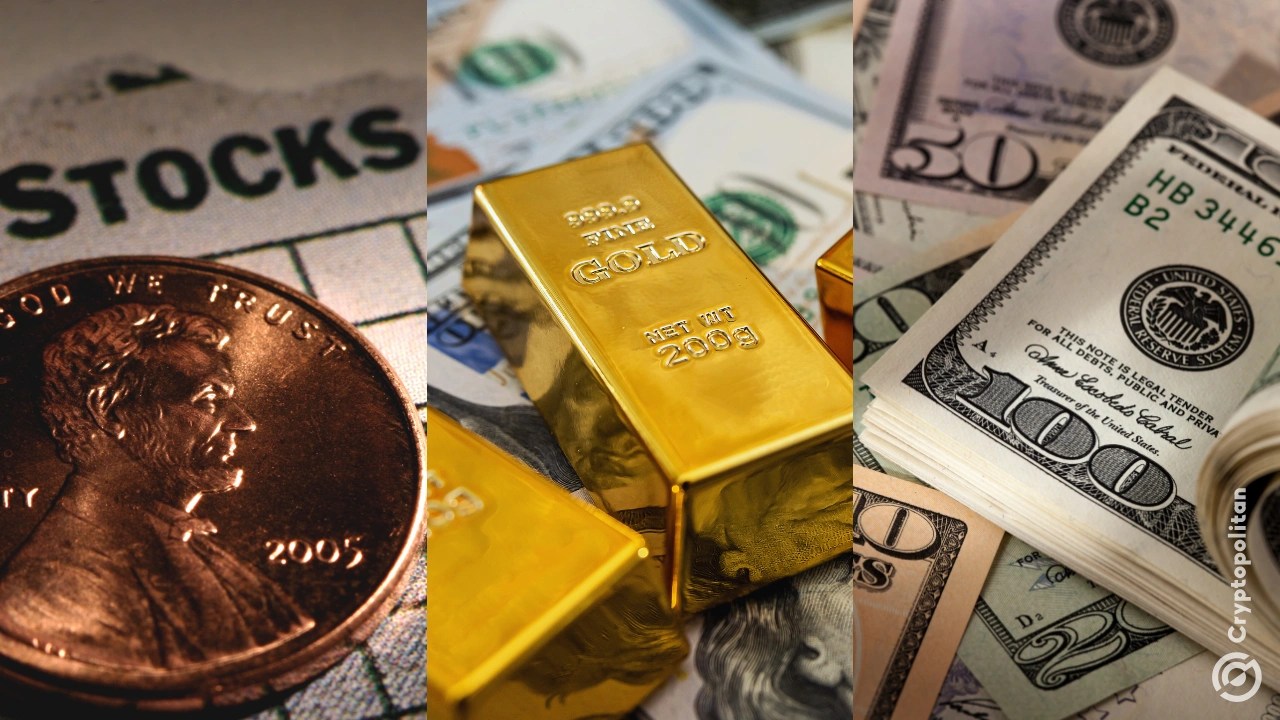Stablecoins Are a Monetary Revolution in the Making
The post Stablecoins Are a Monetary Revolution in the Making appeared on BitcoinEthereumNews.com. We may be on the verge of a revolution in monetary finance that is the century-long dream of many prominent economists. Financial innovation is laying the foundation for their dream just as the U.S. political economy is shifting to support it. This revolution, if it proceeds, has major implications for global finance, economic development, and geopolitics, and will create many winners and losers. The shift I’m referring to is “narrow banking” built on stablecoins. If those are unfamiliar concepts to you, let me review 800 years of financial innovation in 500 words. The origins of fractional reserve banking Our current financial system is built on the concept of fractional-reserve banking. In the 13th and 14th century, Italian money changers cum bankers began to figure out that because depositors (rarely) demand their money back at the same time, they could hold only a fraction of the coin needed to back their deposits. Not only was this more profitable but it also facilitated payments across great distances: rather than send gold coins over dangerous roads, a Medici in Florence need only sent a letter to his agent in Venice instructing him to debit one account and credit another. Though highly profitable and effective for payments in normal circumstances, fractional reserve banking has a downside. Its inherent leverage makes the system unstable. A downturn in the economy might cause more depositors to withdraw savings at once, or worse, generate rumors that the loans backing banks’ deposits are going to default, causing a “run” on the bank. A bank unable to meet its depositors’ demands collapses into bankruptcy. But more than just depositors’ wealth is lost when banks fail in a fractional reserve system. Because banks both generate credit and facilitate payment, economic activity is severely constricted when banks fail since payment for goods…

The post Stablecoins Are a Monetary Revolution in the Making appeared on BitcoinEthereumNews.com.
We may be on the verge of a revolution in monetary finance that is the century-long dream of many prominent economists. Financial innovation is laying the foundation for their dream just as the U.S. political economy is shifting to support it. This revolution, if it proceeds, has major implications for global finance, economic development, and geopolitics, and will create many winners and losers. The shift I’m referring to is “narrow banking” built on stablecoins. If those are unfamiliar concepts to you, let me review 800 years of financial innovation in 500 words. The origins of fractional reserve banking Our current financial system is built on the concept of fractional-reserve banking. In the 13th and 14th century, Italian money changers cum bankers began to figure out that because depositors (rarely) demand their money back at the same time, they could hold only a fraction of the coin needed to back their deposits. Not only was this more profitable but it also facilitated payments across great distances: rather than send gold coins over dangerous roads, a Medici in Florence need only sent a letter to his agent in Venice instructing him to debit one account and credit another. Though highly profitable and effective for payments in normal circumstances, fractional reserve banking has a downside. Its inherent leverage makes the system unstable. A downturn in the economy might cause more depositors to withdraw savings at once, or worse, generate rumors that the loans backing banks’ deposits are going to default, causing a “run” on the bank. A bank unable to meet its depositors’ demands collapses into bankruptcy. But more than just depositors’ wealth is lost when banks fail in a fractional reserve system. Because banks both generate credit and facilitate payment, economic activity is severely constricted when banks fail since payment for goods…
What's Your Reaction?








































